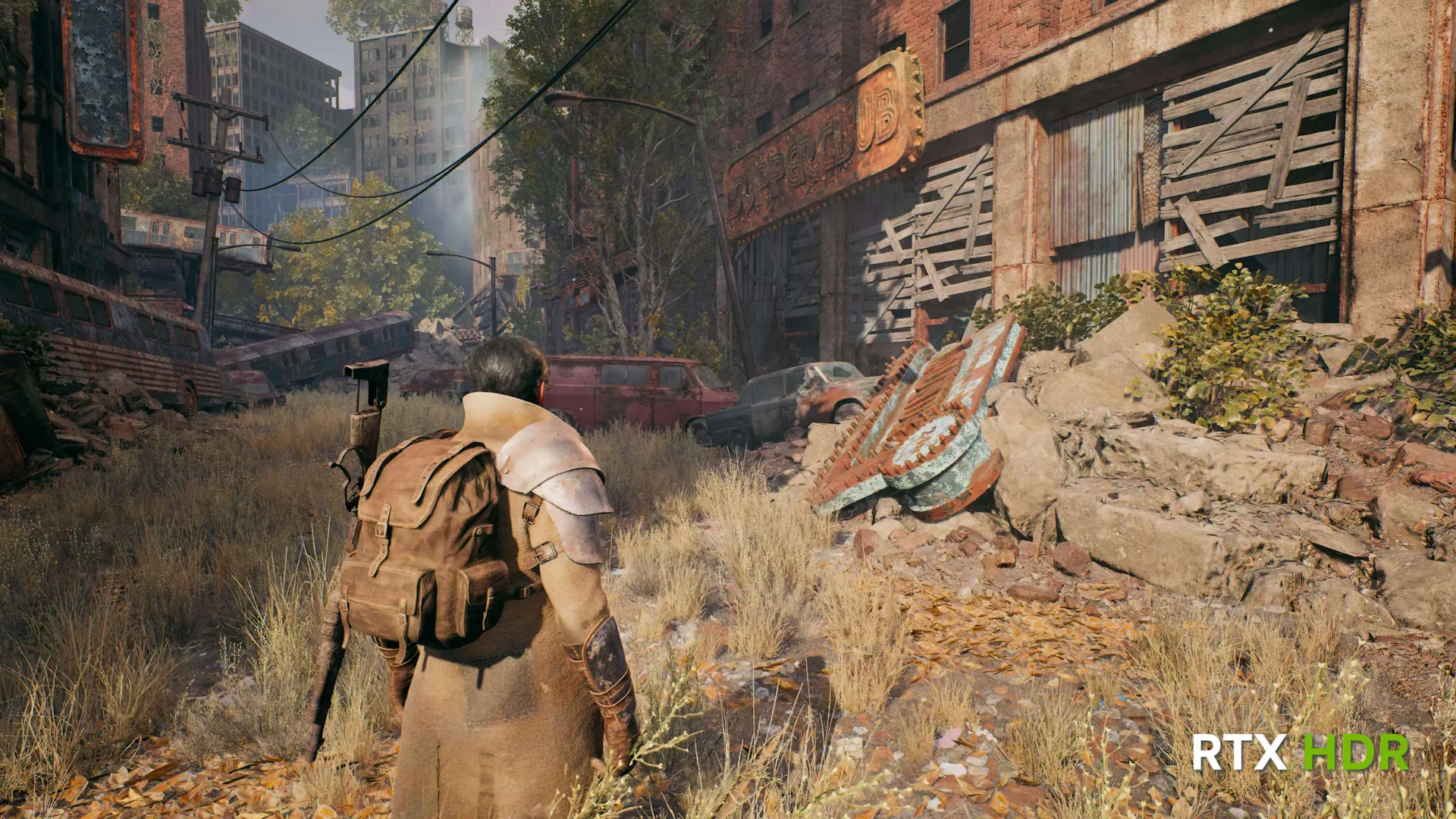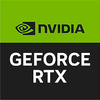This function is compatible with a broad spectrum of games developed using DirectX and Vulkan APIs, requiring only an HDR-capable monitor for implementation. Despite the vast library of games available, NVIDIA notes that only a select few among the top 50 titles played on GeForce graphics cards natively support HDR. The RTX HDR function extends HDR capabilities to numerous Standard Dynamic Range (SDR) games across DirectX 9, DirectX 11, DirectX 12, and Vulkan API platforms, enabling SDR to HDR conversion.


To utilize the RTX HDR feature, specific system prerequisites must be met, including a Windows 11 operating system (version 22621 or later), an HDR-compatible monitor, a GeForce RTX 2000 series or subsequent graphics card, and driver version 551.52 or later. Prior to activation, users are required to deactivate any existing in-game HDR settings and the Windows AutoHDR function. Additionally, it is essential to disable Dynamic Super Resolution (DSR/DLDSR), Nvidia Image Scaling (NIS), and Quick Sync features for optimal performance. The RTX HDR function necessitates launching games in full-screen mode and configuring settings through the NVIDIA overlay for proper execution.

